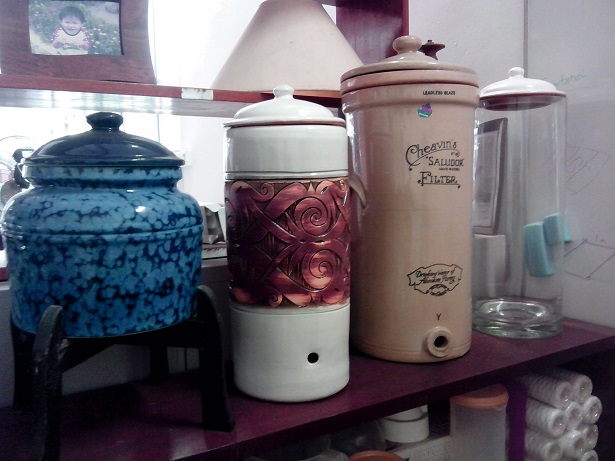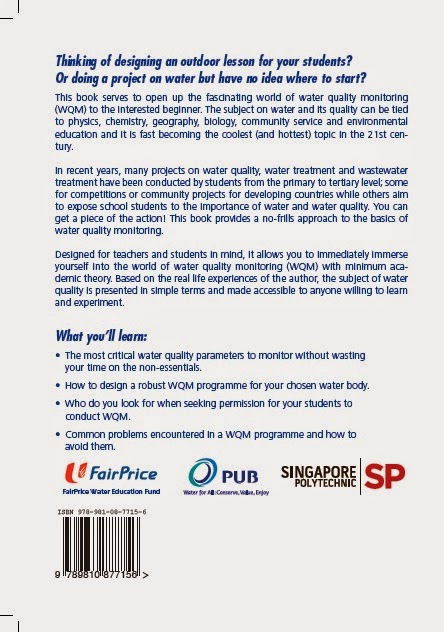Besides almost missing the seagrass people at the jetty (some of us were late), the boat trip and van ride to Chek Jawa was uneventful. Maybe "uneventful" sounds a bit bland because the best thing about waking up predawn is the chance to see the sun rise. How many of us actually still appreciate such simple joys? I always relish the experience of witnessing the beautiful egg yolk climbing up the horizon on a cheerful day. (I enjoy and cherish beautiful sunsets too.)
The other great thing about being early is we have the whole seagrass meadow to ourselves! And being part of Team Seagrass, we get to check out the whole place without being restricted to the designated areas for Nparks led tours. Yes, guys and girls, if you want to really experience Chek Jawa in its full glory, join Team Seagrass!
I must commend my water quality team for their efficiency. They seem to be able to finish their testing faster and faster each time. Of course, further testing will have to done on the water samples they brought back to the lab. Let me compile the data from the various seagrass sites before announcing how they compare to one another. (Sorry folks, I will only describe the water quality in qualitative terms. The real hard data will be submitted to Team Seagrass and Nparks and published officially elsewhere.)
As usual, you may check this Team Seagrass post for an alternative viewpoint of this monitoring session.
Figures (L-R, T-B):
My favourite moment of each day - sunrise (actually on par with sunset);
Trying to capture a popular photographer's stunt - mirror image of the seagrass landscape (ok, it was a bit off but still a good try, right?);
The water quality team (Nuan Qin is the shy one with the head turned);
I couldn't resist taking this photo of Ria during her briefing with a soaring jet in the background;
A good low tide exposing the sandbar delineating (possibly protecting) the seagrass meadow from the sea;
An icon of Chek Jawa, you won't miss it and if you see it, you know you are there (anyone knows what tree that is?);
Late morning - crowds coming in for the guided tours











































